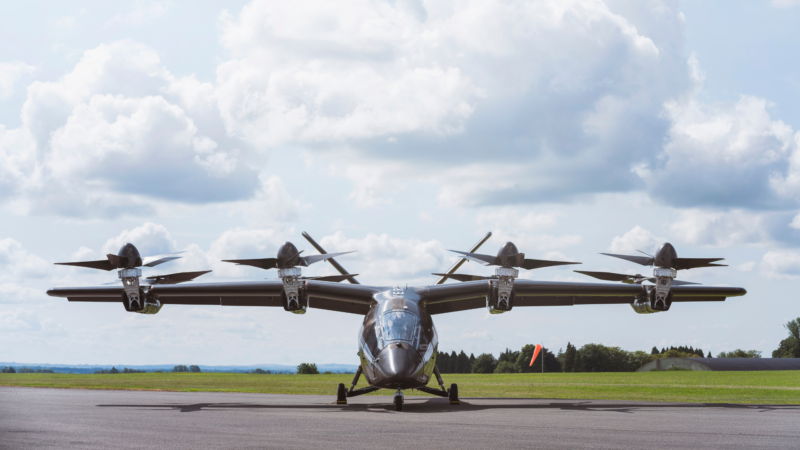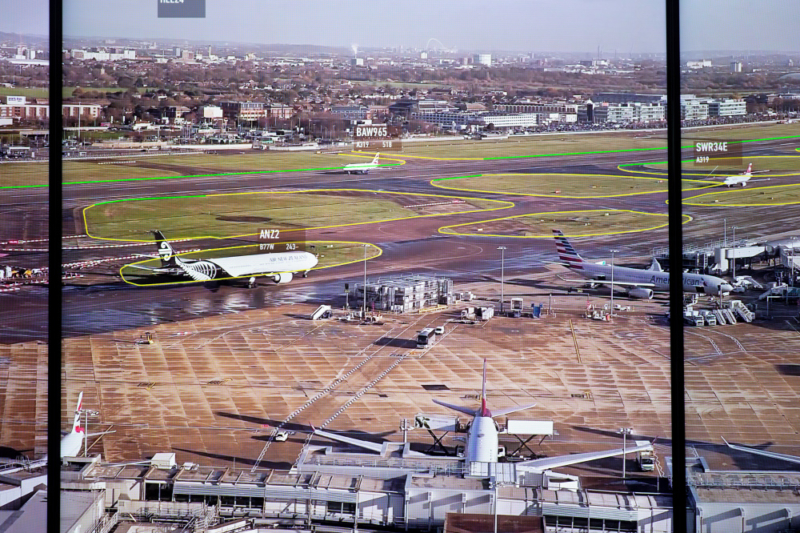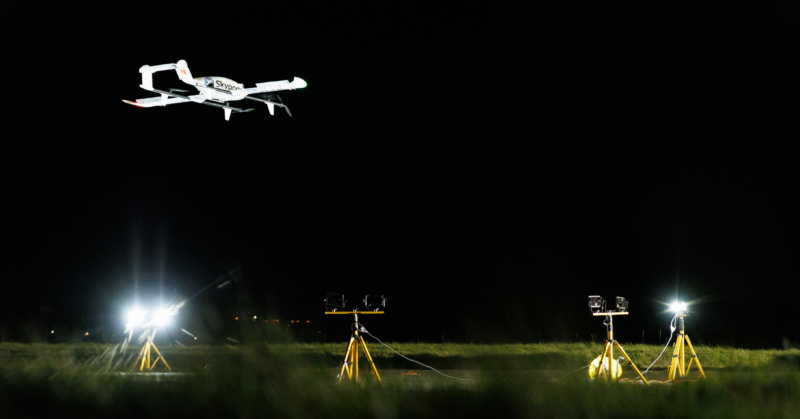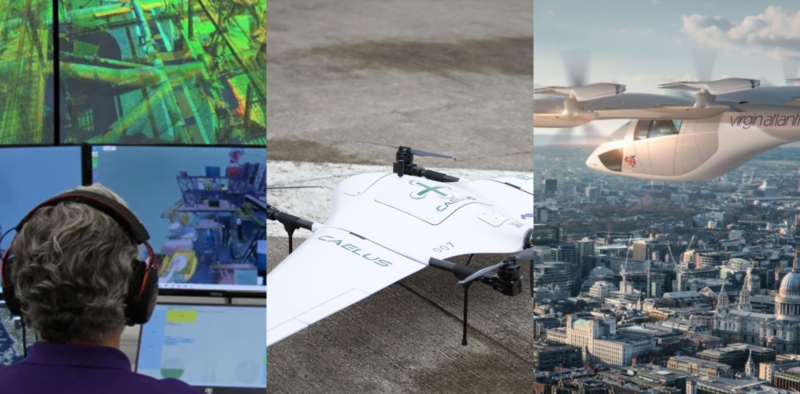What does your future flight roadmap look like?
9 November 2023The last four years have been a fast, furious R&D journey which started when a project called Future Flight Challenge dropped onto my desk, a £125m UK Research and Innovation government initiative to stimulate the development and application of new aviation technologies.
Since then, alongside innovative industry partners who are also part of advancing future flight in the UK, we have been helping to prepare the airspace and airports for a new generation of users.
The advances we are making within these projects, and other future flight initiatives, takes me back to watching science fiction as a child. I secretly hoped that what I watched on TV wouldn’t remain only there. And here we are, preparing to usher in a new era of aviation, where the use of drones and electric vertical take off and landing aircraft will be as common as commercial air travel is today.

Which brings us to how the industry can move beyond the R&D and test flight stages to enable new airspace users to fly at scale. NATS’ future flight roadmap aims to provide some of these answers, and is built around tenets of safety, equitability and innovation. While part of our vision is focussed on infrastructure and data sharing, another looks at the procedures needed to ensure the safety of all airspace users. We are making progress through simulation and modelling, through live test flights and collaborative research. The work we undertake fits firmly on our roadmap – and this edges us closer to the goal of achieving integrated airspace in the UK and the significant changes this will entail the enormous benefits it will deliver.
NATS is no stranger to change. This is not the first time that we have delivered airspace changes and new technology when industry and societal needs move on – for instance, through airspace modernisation projects, wind farm services and a raft of new air traffic technologies.
This time, our focus is on providing the foundational infrastructure and concepts of operations that enable a wide diversity of new types of aircraft to operate. These aircraft offer life-changing services and operate in many different environments from medical drone delivery flights in low-level airspace to aircraft flying even higher than your long-haul Dreamliners – in the upper reaches of the stratosphere.
Developing ways of safely and efficiently integrating new types of aircraft into the airspace requires immense collaboration across the industry and borders. Search beyond current air traffic management systems and news of new aircraft prototypes and you may come across our work with partners in the SESAR and Future Flight Challenge programmes. As part of this, we are developing the future ecosystem, with its actors, services, and information exchanges, required to support the integration of new airspace users, including urban air mobility flights.

We are considering novel ideas like managing the airspace in a more dynamic manner to be more responsive to the demand from different types of aircraft while solving challenges some of the new aircraft face like needing to avoid energy-intensive manoeuvres. We are also leveraging technology, like automation and digitalisation, to ensure future systems will scale safely with the growth of the new airspace user market.
The past few weeks have marked a significant turning point for new airspace users in the UK – first with NATS sharing a vision for Integrated Traffic Management called NATS Openair. Secondly with the live drone medical test flight out of Glasgow Airport – a project that marks a shift from the conceptual to the tangible for beyond visual line of sight drone flights.
In the UK, these events have moved us further along our roadmap and closer to achieving airspace integration.
Yet, we understand that globally, ours is not the only roadmap for future flight. These are shaped by a huge variety of variables and pressures: regulation, investment, infrastructure and of course safety.
Next week, at the Dubai Airshow, I’m looking forward to presenting how NATS is working with people across the industry to open the skies to new airspace users. I’m looking forward to discussing the challenges this presents, how we can overcome them and sharing our roadmap to future flight.
Comments
Please respect our commenting policy and guidelines when posting on this website.



